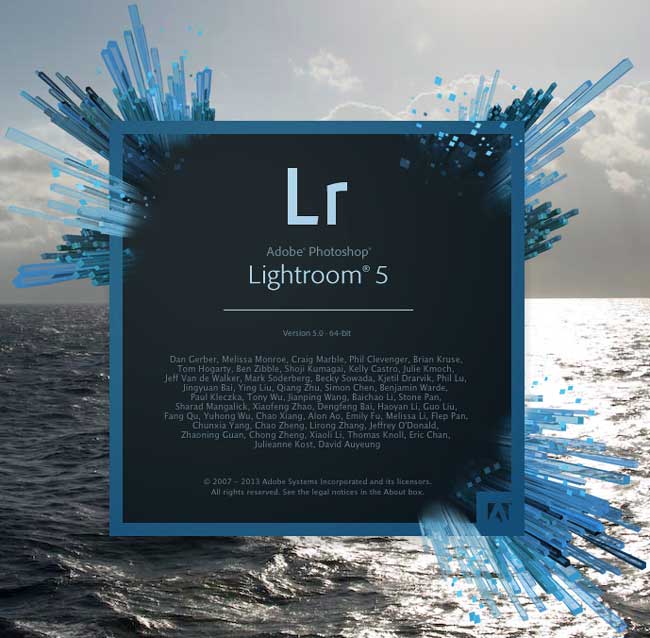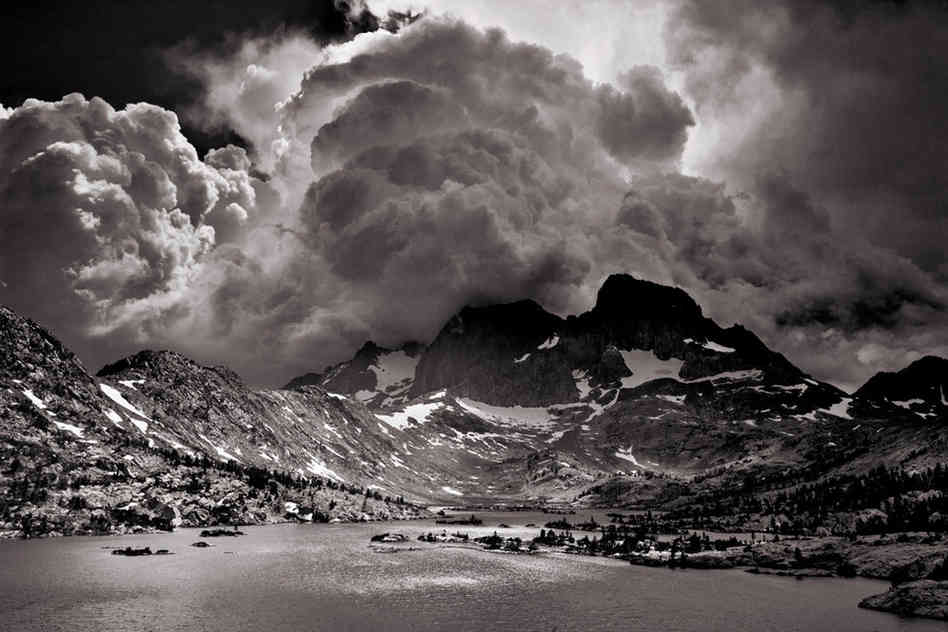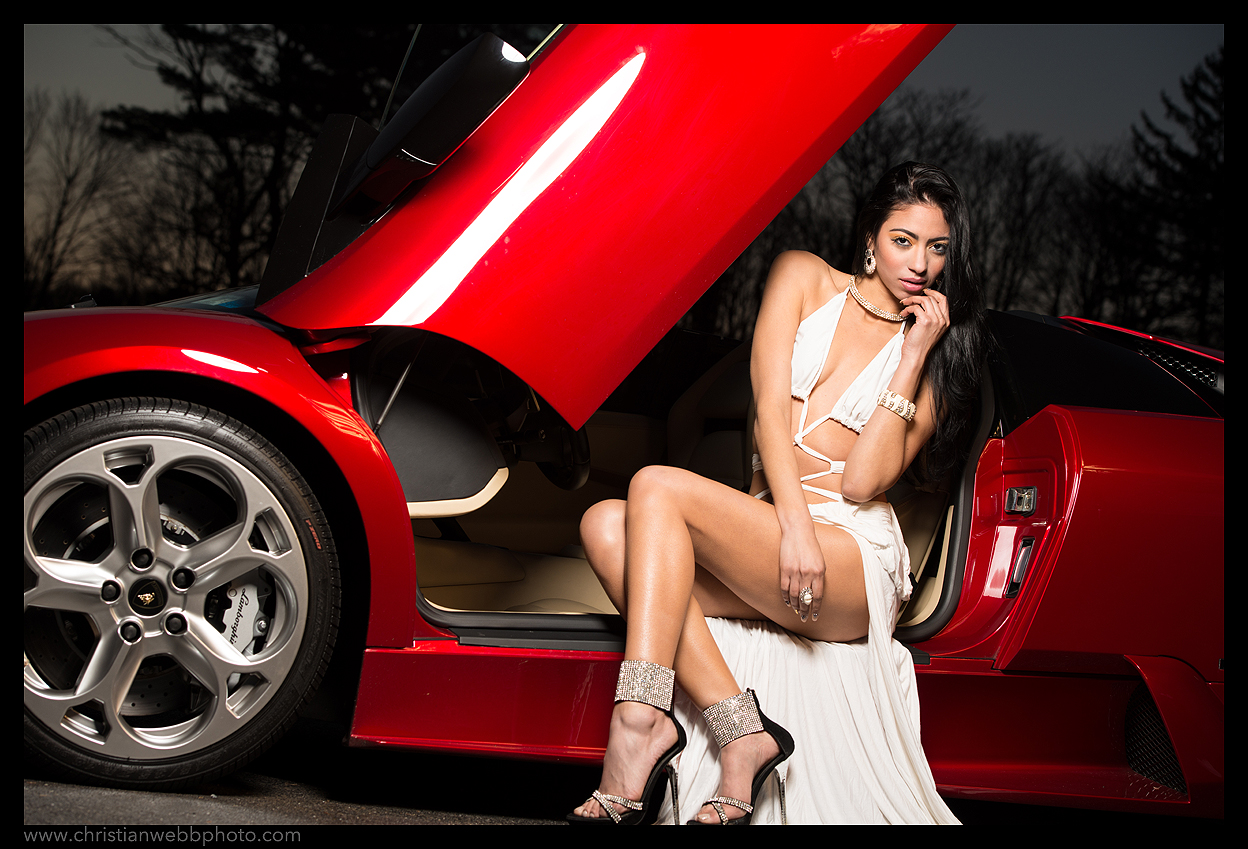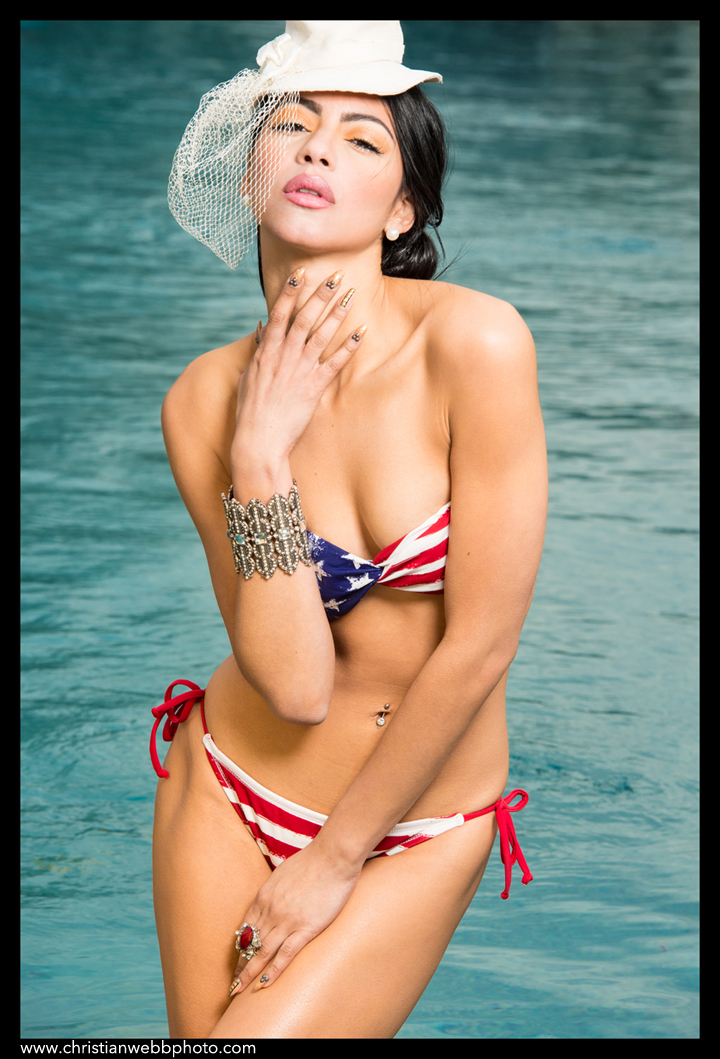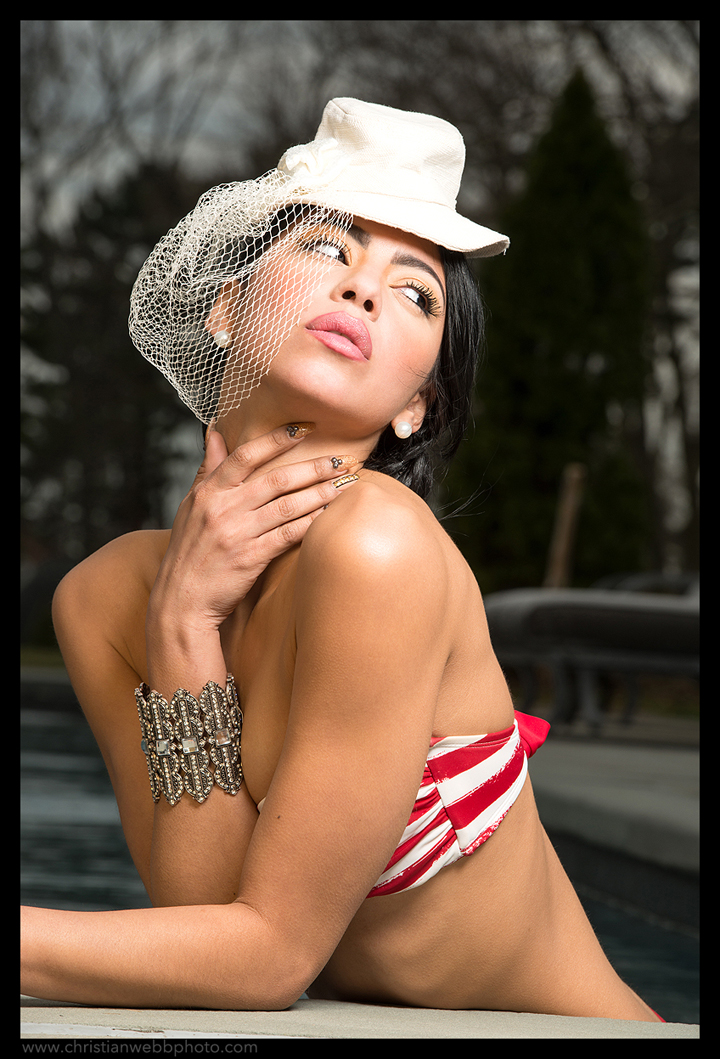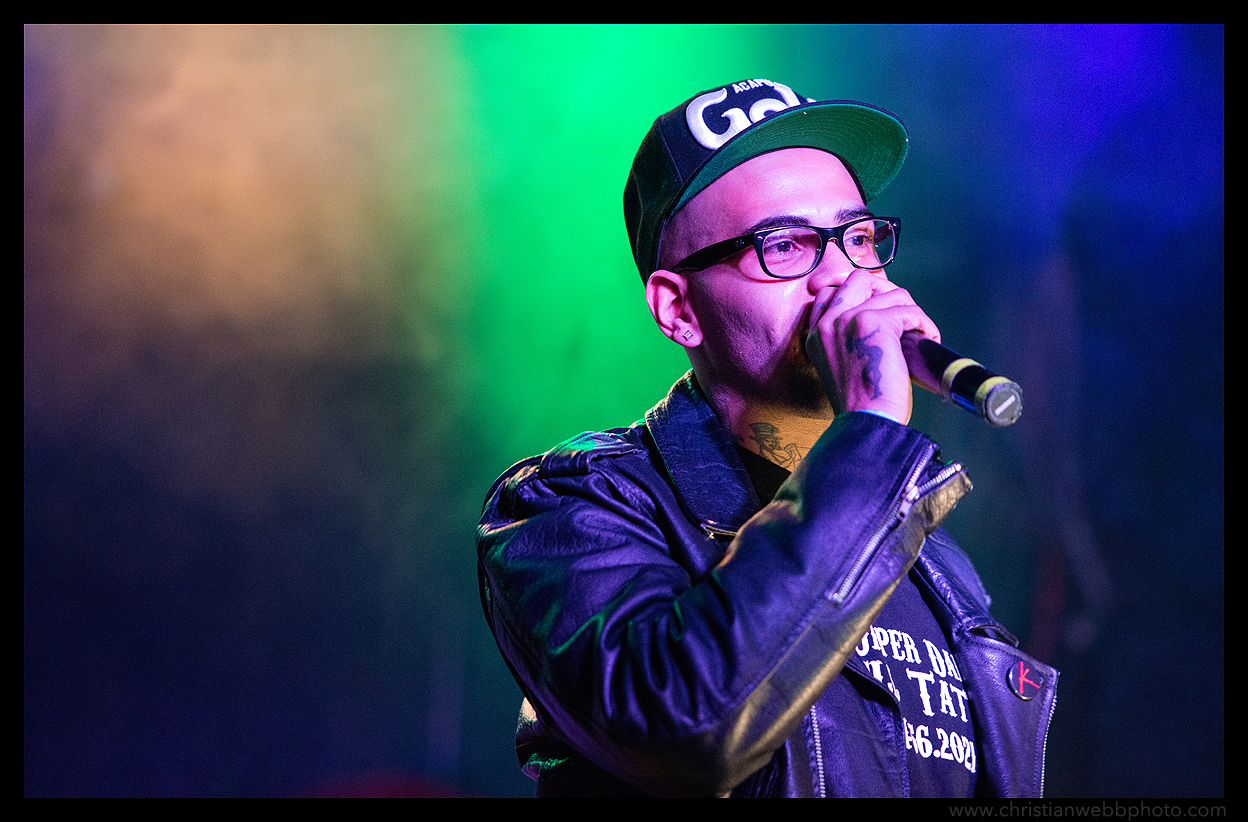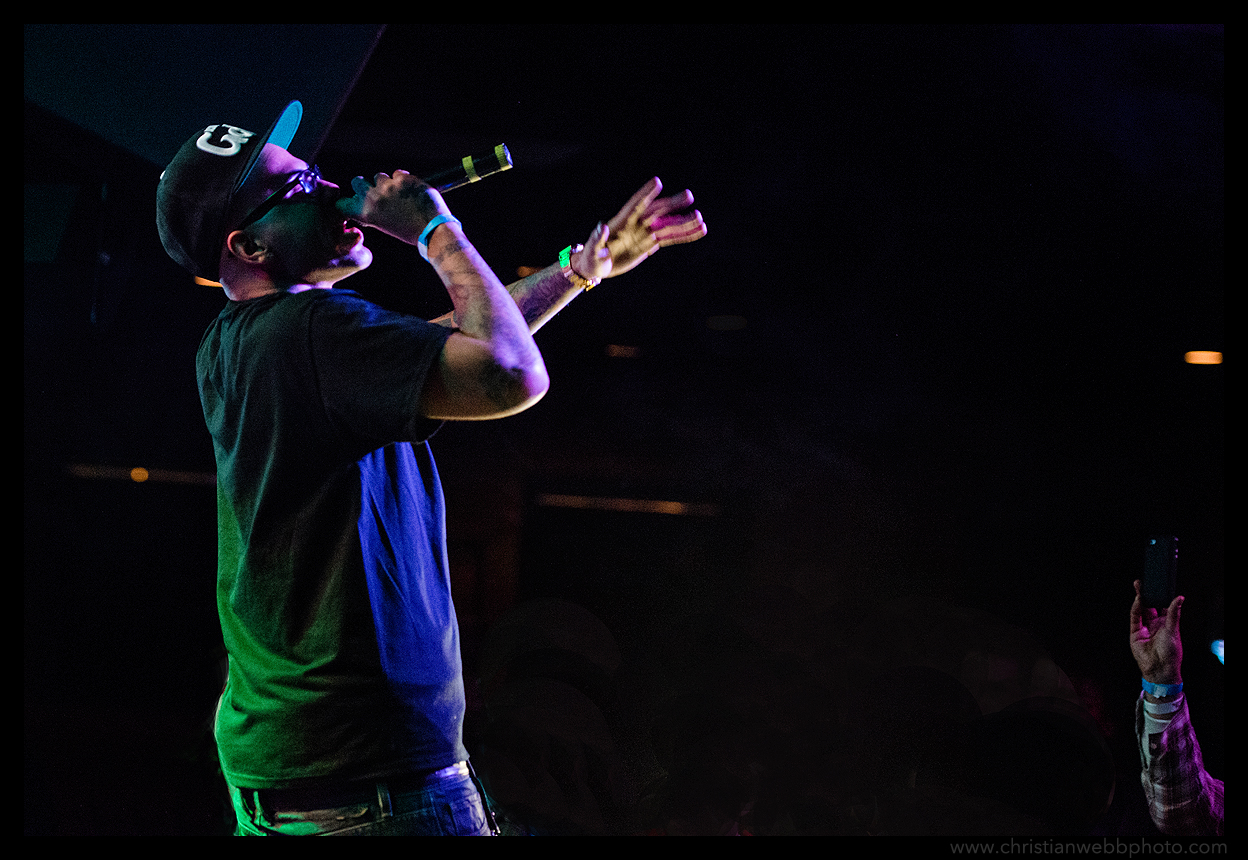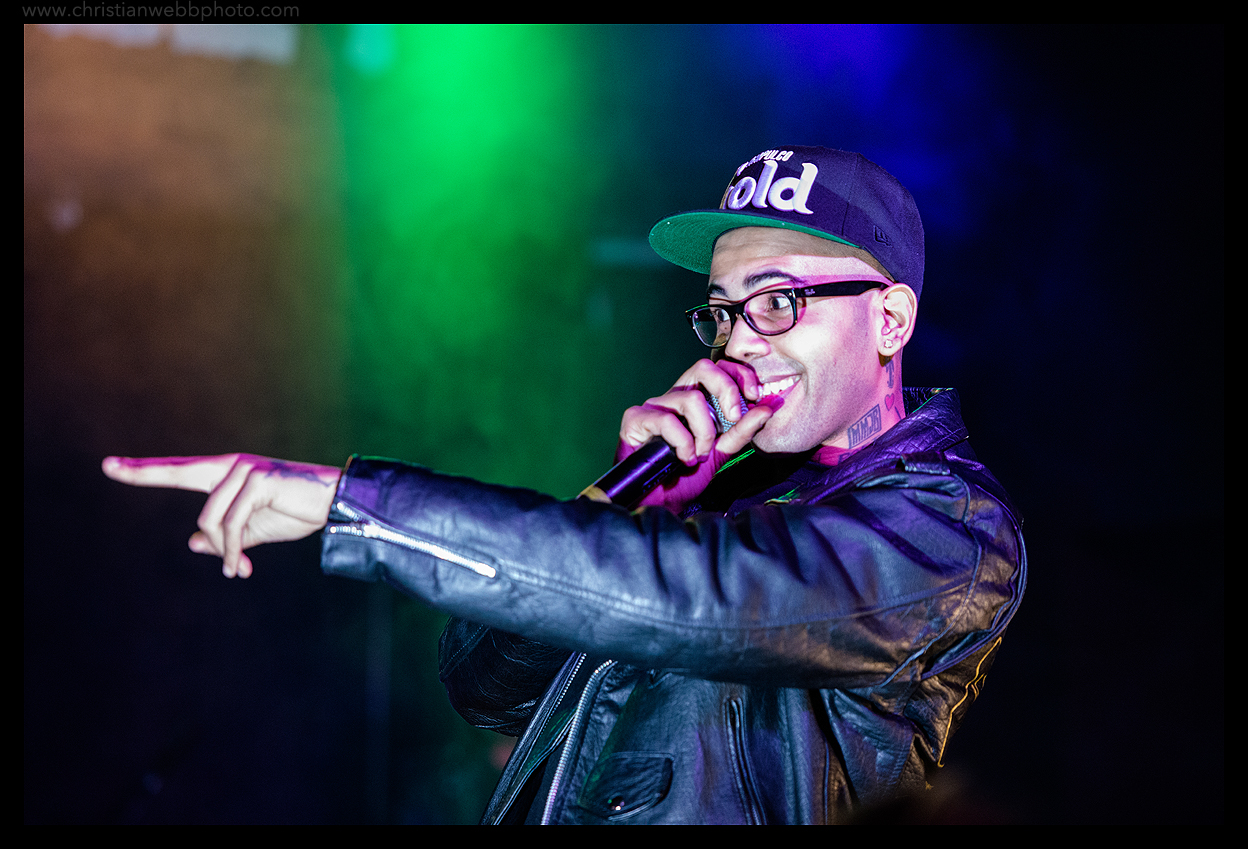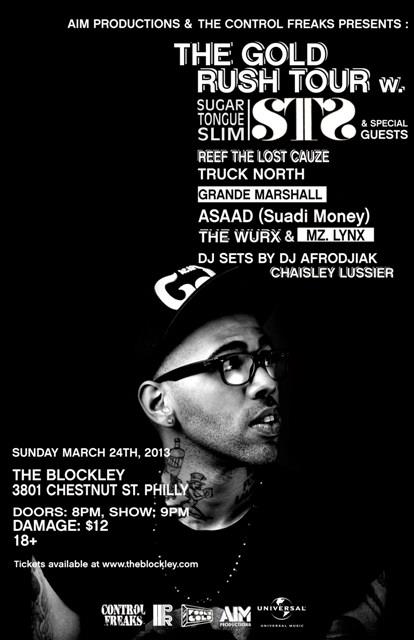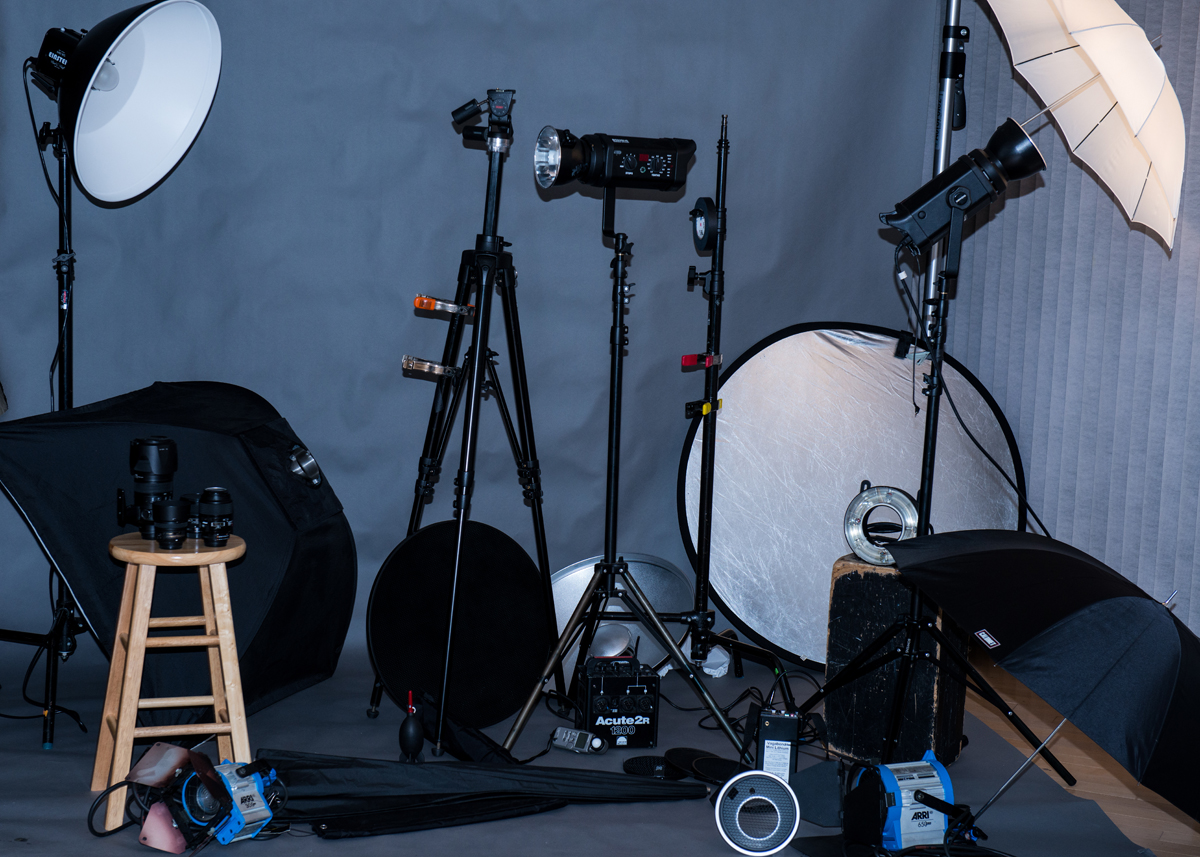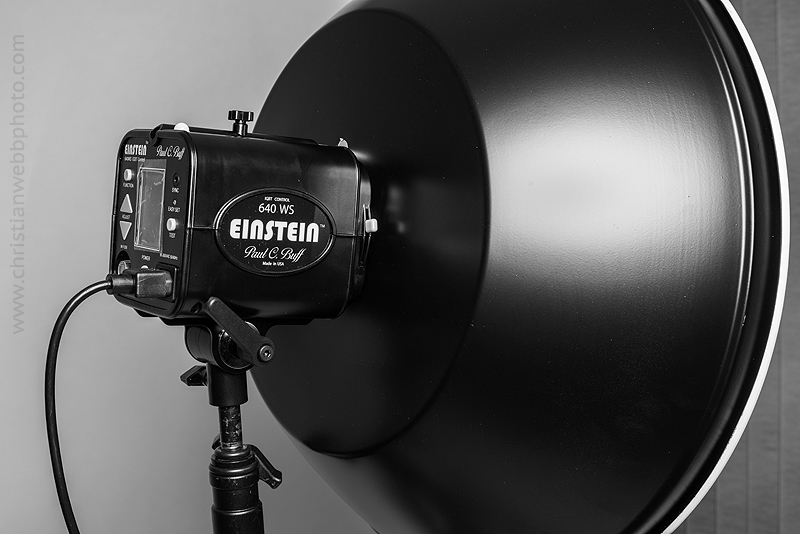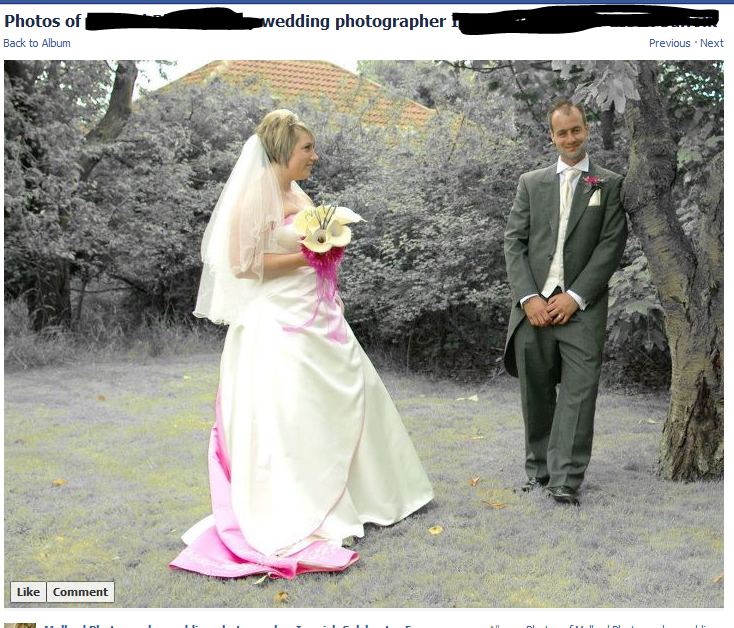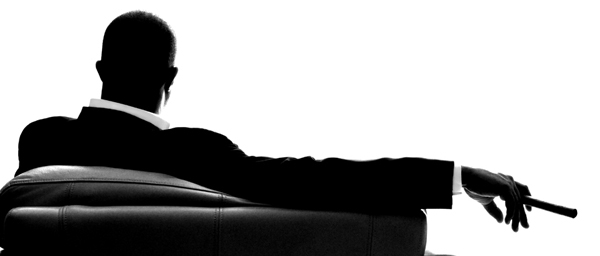
I’ve come across a few photography blogs/web-sites that often post great advice for photographers who are just starting off or at least, just starting to get serious. Most of the advice spans from tech guidance, learning your camera, learning lighting, mastering a workflow, how to build a portfolio, how to get clients and how to organize the “business” aspects of your career. I’ve definitely seen advice on model release forms and permissions/copyright info and such. However, one thing I don’t see too much on is advice on business insurance. So, on that note, I just wanted to post this quick blog on what I would consider one of the fundamentally important first steps to taking your business to the next level.
There are two main reasons why you would want/need business insurance as a photographer. For one thing, this is an expensive hobby/profession. Equipment costs add up relatively quick and most of your major , bread and butter equipment usually runs in the area of thousands of dollars: Camera body, lenses, computer(s), hard drive(s), lighting, etc. What if something happened to this equipment? A fire, accidental damage of some kind, theft etc. Many photographers just starting out can’t afford the costs to just replace all of their equipment or even some of it at will. I know what you’re thinking: “My home insurance or renters insurance covers that.” Not so. There are fine clauses to home owner’s and renter’s insurance that limit the liability on business related equipment. Not to mention the obvious: What if you’re on location somewhere? It’s business insurance that’ll cover you and….your business. The second reason and certainly no less important is to have coverage in the awful event of a client being accidentally injured. Eg: A beauty dish & light falling off a boom and landing on your model’s head! Ouch! Not good. The legal consequences/liability could be a disaster! UNLESS you’ve got business insurance! Or, what if a client sues you for claiming they’re not happy with your work? You need that insurance to protect yourself, your assets and your liability.
Now, I’m no insurance agent or anything, so, I am not going to get into the ins and outs of policies, what type and how they work and all. Just KNOW that you should definitely look into getting some type of business insurance. I did a Google search, made some calls and finally picked an agency and policy that fit my needs. I pay about $1,300 a year for my policy. Some companies that handle business insurance per se’ don’t actually handle photographer’s insurance or production related insurance. Be sure to do your research.
An awesome advantage to having photographer’s business insurance: RENTALS! Long time ago, before I owned my own decent collection of gear, I wanted to rent a newer, high end camera and lens or two . The rental costs weren’t too much BUT, if you’re renting a $5,000 camera or whatever, you’ve got to put down $5,000 or charge $5,000 to your credit card. (You get the money back once you return the equipment okay.) Problem is, many aspiring photographers aren’t running around with $5k-$10k plus available credit on their cards. Even if only a temporary charge. So, this is where your photographer’s insurance comes in handy. Once you have a policy, you’re able to rent equipment and use your insurance policy to cover the costs of the equipment. God forbid anything should happen to the equipment you’re renting, your policy will cover it. I had my own experience during Hurricane Sandy and all I can say is THANKFULLY , I had insurance! Once you have a policy, you’ll need to set up the details with your local rental shop. (basically have to have your insurance policy on file with them naming them as “loss payee.” )
Oh, and one more thing: KEEP RECORDS! It's a great idea and very necessary to keep receipts and records/documentation for everything you buy. New camera bodies, lenses, speed lights, light modifiers, studio equipment, etc., etc. You're spending thousands of dollars investing in your business and need to keep records for a variety of reasons especially for your business insurance.
So, that’s it. My advice of the day. Cover yourself (cover your ass!), cover your equipment and cover your business!
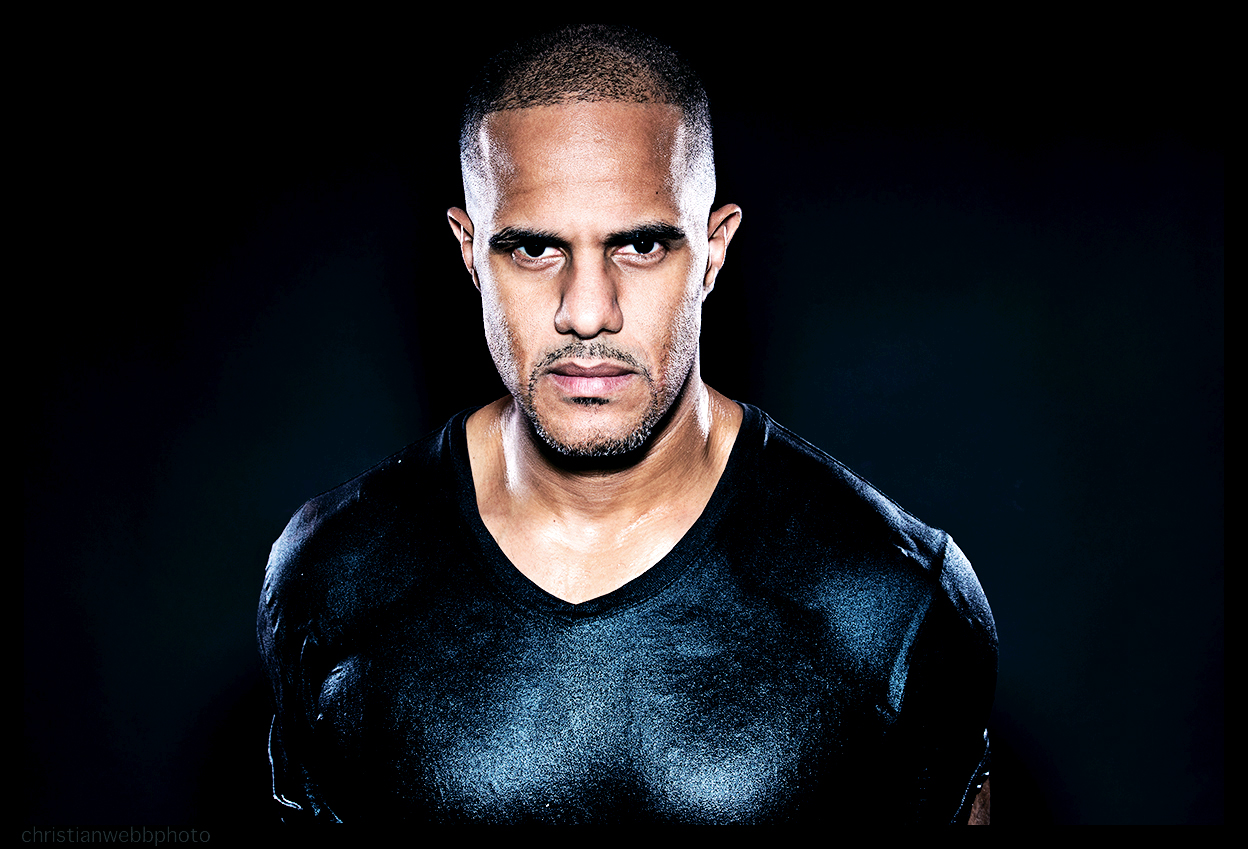 I have a few clients looking to do some sports/fitness type of shoots pretty soon. So, last night, unable to sleep anyway, I was up in studio messing around with lights and figured I'd pull a self portrait / lighting test party. (Just me by myself!) I haven't settled on the exact set up for the up coming shoots, but I do know that for the in studio stuff, I'm looking to use at least 2 strip boxes in various positions for some nice side lighting and highlights. Most likely to highlight arms, shoulders and such. Well, I haven't got any strip boxes!! UGGH! (how is that possible?) I know they're not absolutely necessary depending on how much of the person I want to light and how much I want to control the spill, but they do serve a purpose. Anyway, without the strip boxes, I just focused on getting some highlights on shoulders and back/side of my head. The two back lights are strobes with silver reflectors and the main light is just an Einstein w/ 40 degree grid on a boom directly over me and in front of camera. I think it worked out well. Now, to get the nerve to take off my shirt and try and light.....muscle! Wait, first gotta get some muscles! lol. (Shot at f.14, ISO 125, Shutter 1/125)
I have a few clients looking to do some sports/fitness type of shoots pretty soon. So, last night, unable to sleep anyway, I was up in studio messing around with lights and figured I'd pull a self portrait / lighting test party. (Just me by myself!) I haven't settled on the exact set up for the up coming shoots, but I do know that for the in studio stuff, I'm looking to use at least 2 strip boxes in various positions for some nice side lighting and highlights. Most likely to highlight arms, shoulders and such. Well, I haven't got any strip boxes!! UGGH! (how is that possible?) I know they're not absolutely necessary depending on how much of the person I want to light and how much I want to control the spill, but they do serve a purpose. Anyway, without the strip boxes, I just focused on getting some highlights on shoulders and back/side of my head. The two back lights are strobes with silver reflectors and the main light is just an Einstein w/ 40 degree grid on a boom directly over me and in front of camera. I think it worked out well. Now, to get the nerve to take off my shirt and try and light.....muscle! Wait, first gotta get some muscles! lol. (Shot at f.14, ISO 125, Shutter 1/125)